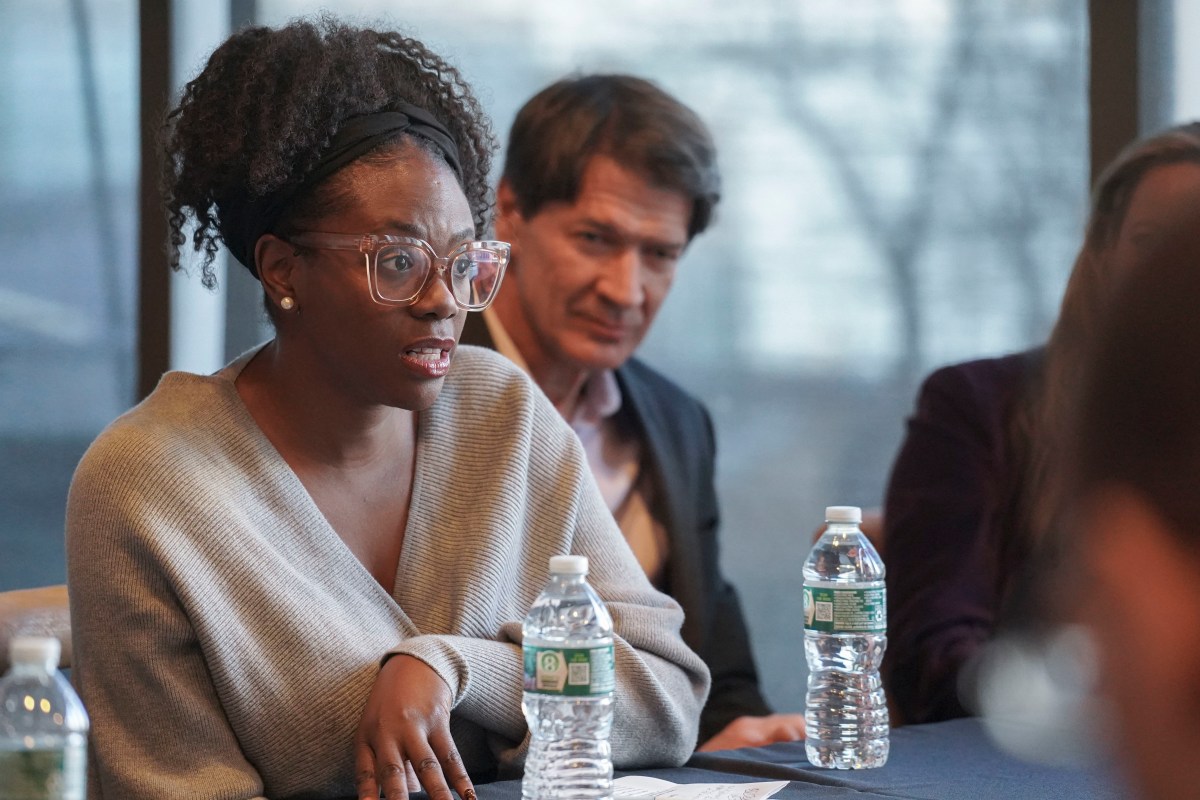 [/media-credit]
[/media-credit]
- John Bayles.
BY JOHN BAYLES | Following the most devastating natural disaster in our country’s history, Hurricane Katrina, and the four feet of water that flooded my home in New Orleans, I found myself in the Hamptons; all I knew, in October 2005, was that I had landed in the “playground for America’s rich and famous.”
Three years passed and I had become not only a journalist for the Sag Harbor Express, but also a part of a community. When I made the choice to move to New York City, I did so carefully and with a hefty amount of hesitance. I knew I was leaving behind people that cared for me and people whose lives, through my work as a reporter for the local community newspaper, on which I had made a lasting impression.
My heart was set on finding work in the newspaper business once I arrived in New York City. But it took a while: 13 months to be exact.
I knew Lincoln Anderson, knew of Community Media and knew of the Downtown Express — due to having attended the New York Press Association’s annual “Better Newspaper Contest” and weekend-long convention held upstate each April. The first year I attended the convention was 2006, and the impression that Lincoln Anderson and John Sutter left upon me was favorable and lasting.
While I was unable to immediately obtain a newspaper job in 2008, I found a job working for a nonprofit, the Center for Urban Community Services, in East Harlem that allowed me to contribute to yet another community — the homeless community — writing proposals that led to funding so people living on the streets, people constituting part of a population that rose 26 percent over the last year in NYC, could move into supportive housing with social services that provided them the means to become functioning members of their communities. While committed to my job at C.U.C.S., I later received an email from the editor of the Villager, asking if I was available to cover a story.
Journalism is an addiction and I was itching to get back in the game. I wrote roughly ten stories for the Villager and the Downtown Express, while continuing to work for another six months at C.U.C.S.
And then came the call. The editor for the Downtown Express was leaving, to be a stay-at-home dad and it was suggested I apply for the job. I applied, I got it and the sense of pride and satisfaction that overwhelmed me, caused me to plop down on a bench in SoHo Square and simply soak in the fact that a dream had just been realized, is nearly impossible to describe.
Which brings me to, “Goodbye.”
Knowing I’d be leaving this community, Lower Manhattan, rendered feelings that again seemed indescribable.
As Aline Reynolds takes over as the new associate editor for the new Downtown Express, I am left feeling grateful and lucky. Stepping, essentially, fresh off the boat from the South, into a position that was held continuously by one man for nearly 20 years, was an opportunity I dreamed of, a challenge I knew I was capable of and a commitment that I took seriously and was very passionate about.
While the Village of Sag Harbor’s population is a mere 2,500, the sense of community that I experienced there was similar to what I have come to experience in Lower Manhattan.
The common thread among all communities is a desire to protect one another, the realization that what affects an individual affects the community as a whole and the means to better a community, to make it stronger, stem from people with a passion for community service and recognize that without that passion, communities can become stagnant and needed services can remain absent.
Lower Manhattan neighborhoods like Tribeca, SoHo, Chinatown and Battery Park City might not appear, at least to tourists or outsiders, as communities. But in two years I have realized that such a perception could not be further from the truth. These neighborhoods, their elected politicians and their families define the notion of community. And it has been my pleasure to serve this population and be associated with this newspaper. Along the way I have met friends that will, no matter where I end up, remain in my life; I have met and been inspired by community leaders that challenged the status quo and made real change seem not only plausible, but possible.
Ultimately, I have witnessed the rebirth of a neighborhood, rebuilt on the backbones of dedicated individuals. And for that, I am grateful.




































